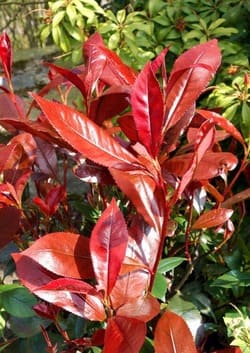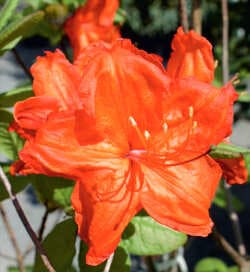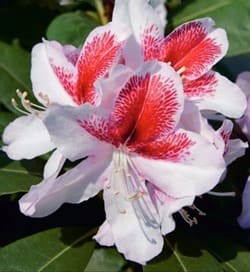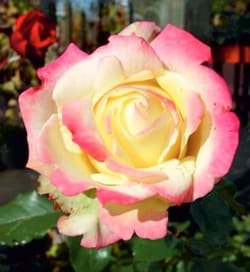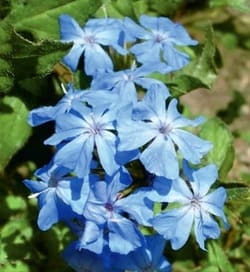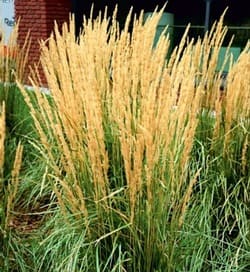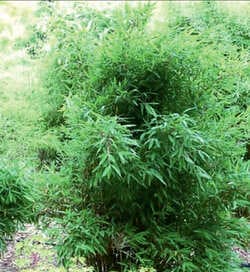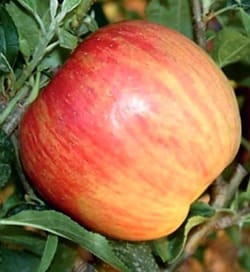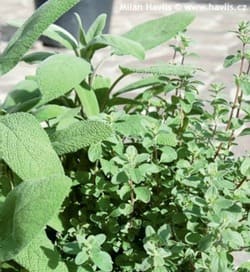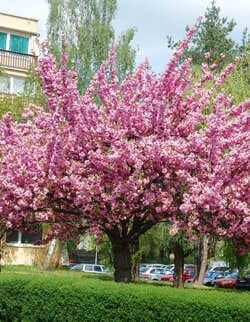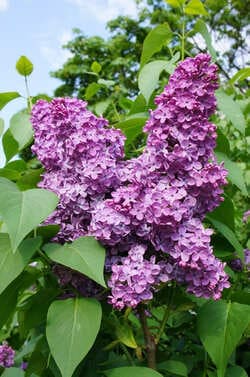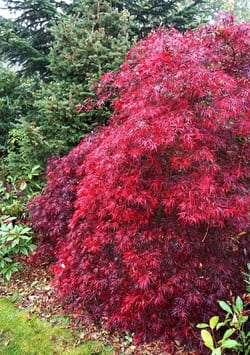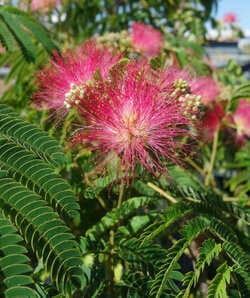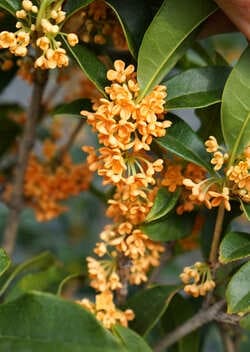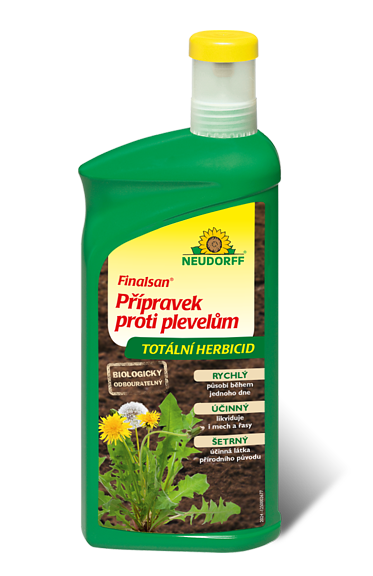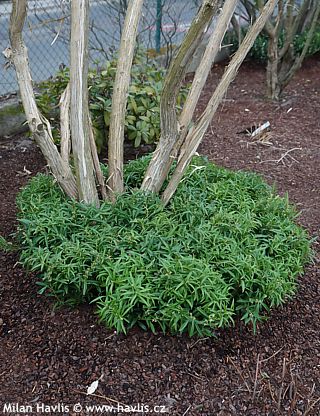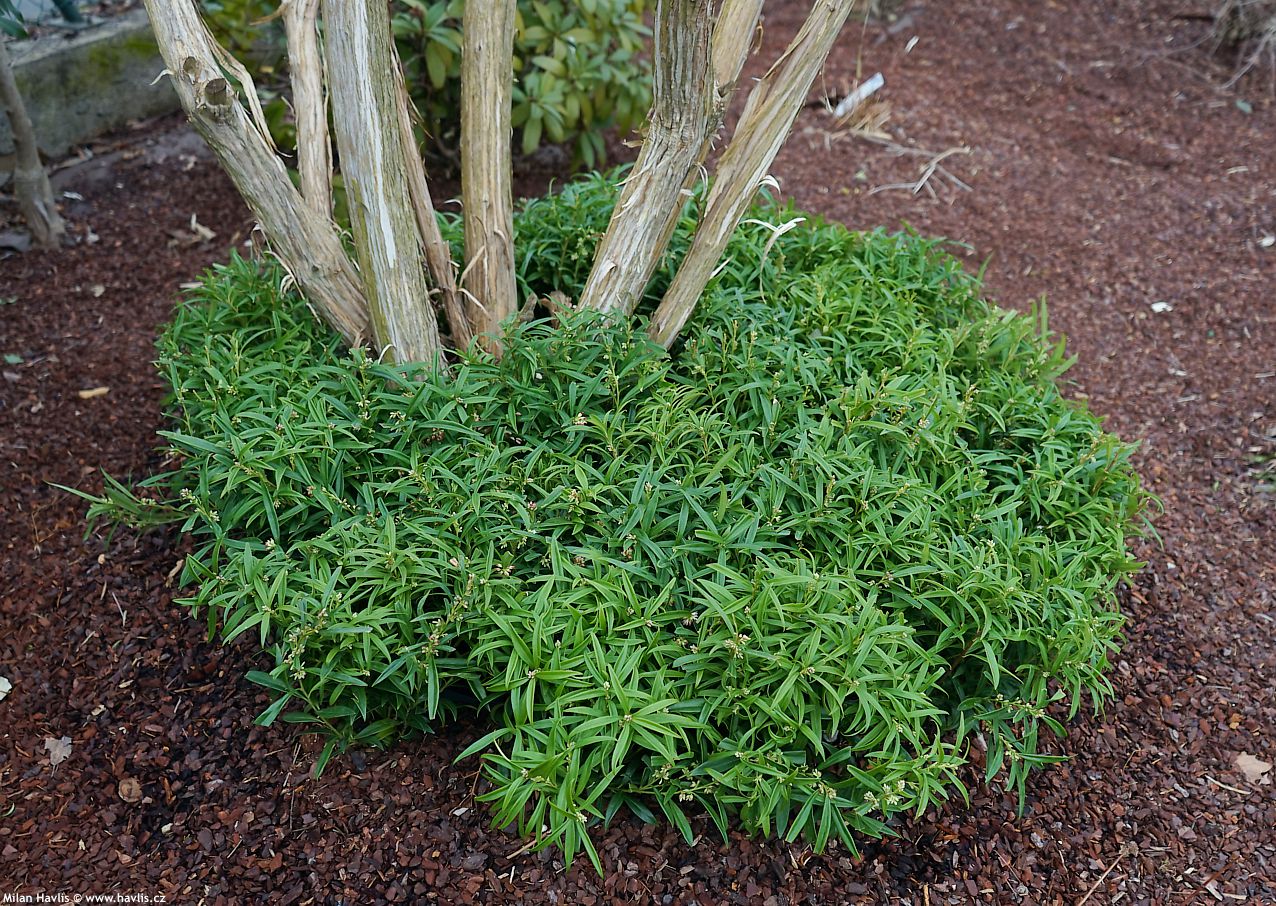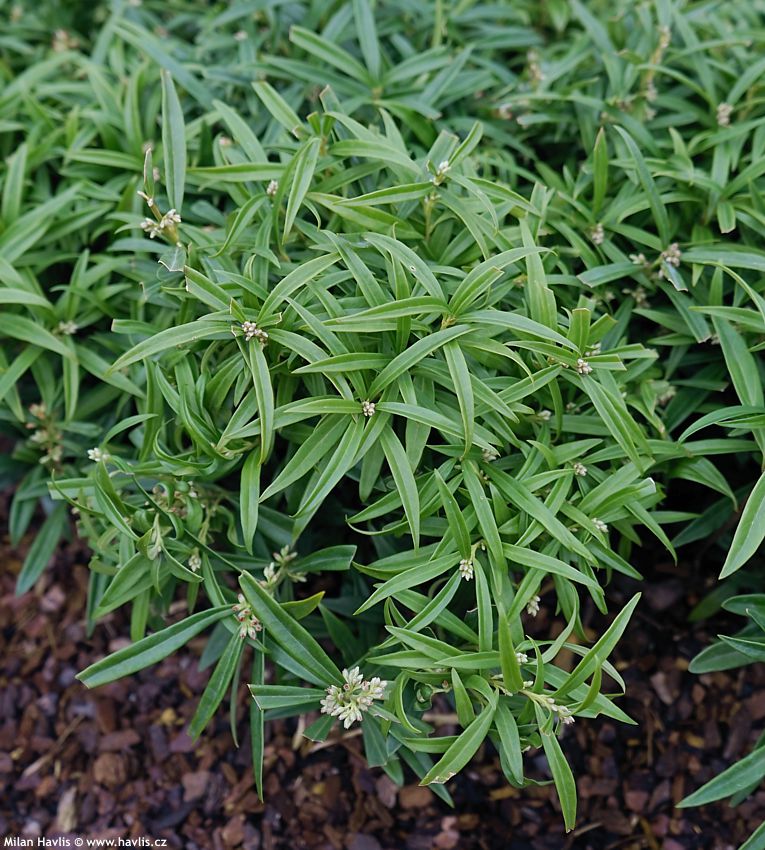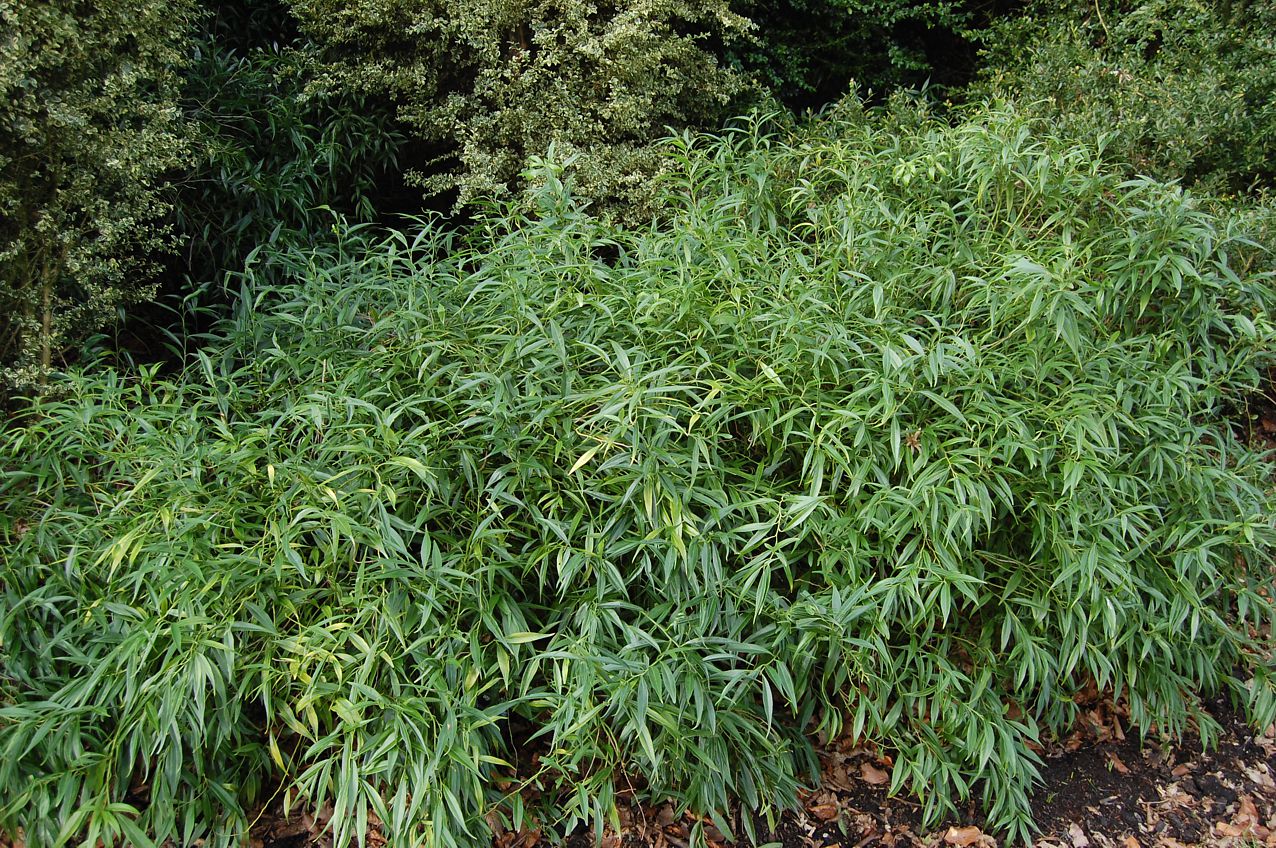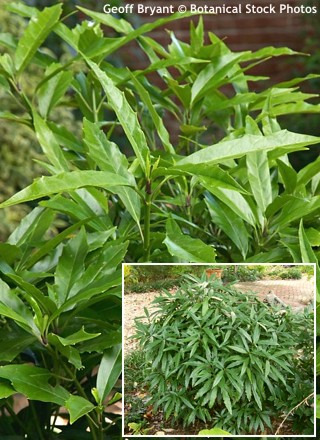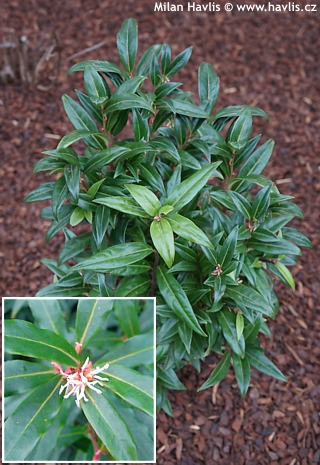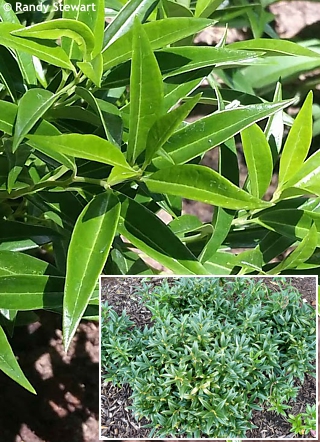Sarcococca saligna willowleaf sweet box
Sarcococca
Sweet box is an Asian taxon of low to mid-sized, evergreen shrubs native to a large area from Afghanistan to the Himalayas and N.E. China. It is from the same family as box plant and even though they were supposed to be tender for C.E. climate, the fact than some species are present at the foot of the Himalayas encourages the breeders from colder areas to spend more time on their hybridizing.
Willowleaf sweet box is a charming species of this little-known evergreen shrub, native to northern Pakistan. Its generic name refers to the similarity of its narrow foliage to willow leaves. Unlike those, however, sweet box has evergreen leaves. They are up to 14 cm long, bright green, leathery, and glossy. From mid to late winter, when temperatures rise above zero for more than a few days in a row, small, fringed, white flowers begin to open, which, compared to all other species, are only weakly scented or lack any fragrance at all. They continue blooming even if the temperature drops below zero during the night. In summer female flowers produce small, black, fleshy fruits that are neither edible nor poisonous.
Willowleaf sweet box is valued for its arching habit that gives the impression of a small bamboo plant, and its relaxed appearance is perfect for meditation corners in Zen gardens. It grows slowly and reaches around 1.5m tall at full maturity, which can take decades. It is often used as an understory of tall multi-stemmed shrubs or trees, and once established it is extremely drought tolerant. It will elegantly fill empty shady spaces where nothing else thrives but you still need something pretty there.
Sweet box usually does not need pruning to look good but may be gently sheared immediately after flowering. It spreads by suckers to form dense colonies unless the ground is covered with mulching sheets. If you want to grow it in full sun (not recommended) provide regular watering and get ready for some burnt tops after harsh winters.
Sweet box is commonly used as a ground cover or filler in semi-shaded or shaded locations where it is protected from strong winter sunlight and cutting winds. It will grow in almost any well-drained soil but performs best in acidic to neutral, humus-rich, evenly moist soil. It thrives on neglect and once established it requires no care. Mulching helps retain moisture and reduces temperature swings in winter. It is commonly rated hardy to min. -18 °C (USDA zone 7) and is under further trials in colder zones.
Last update 05-03-2023









